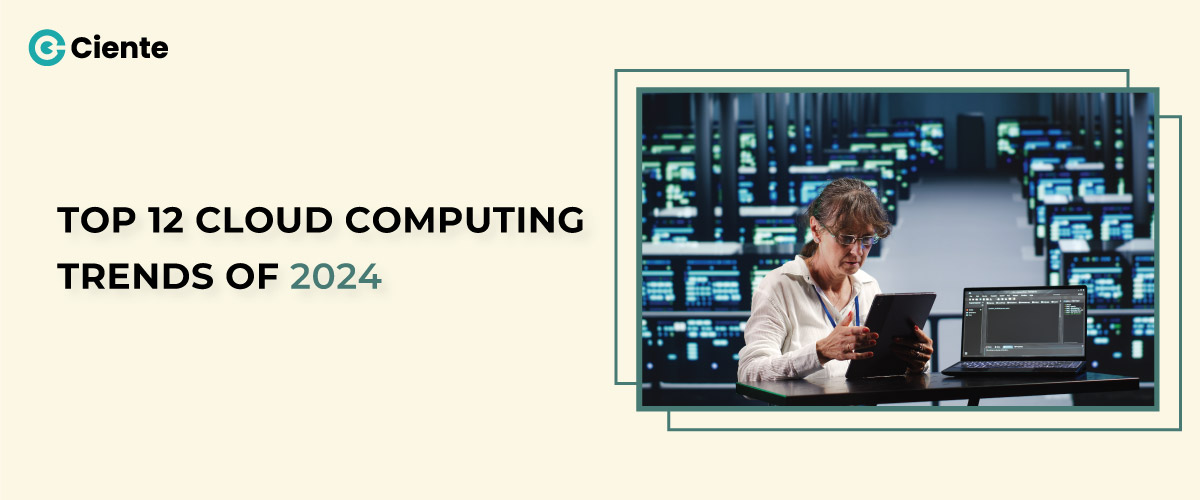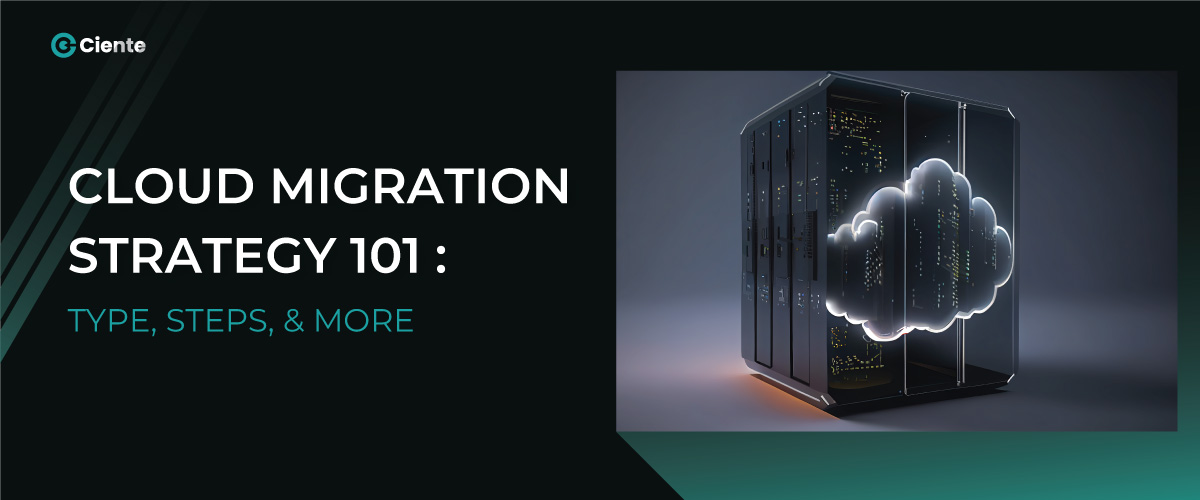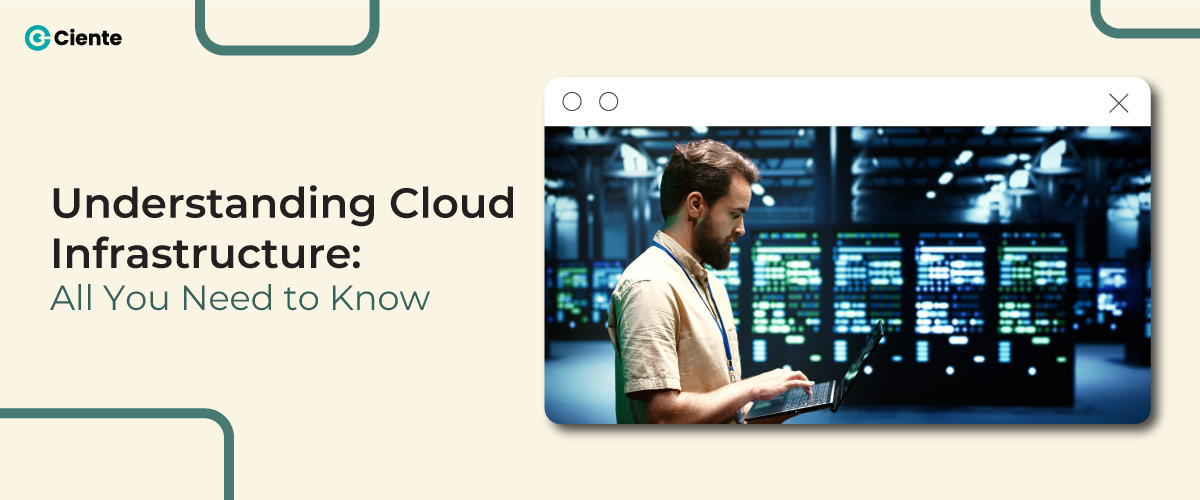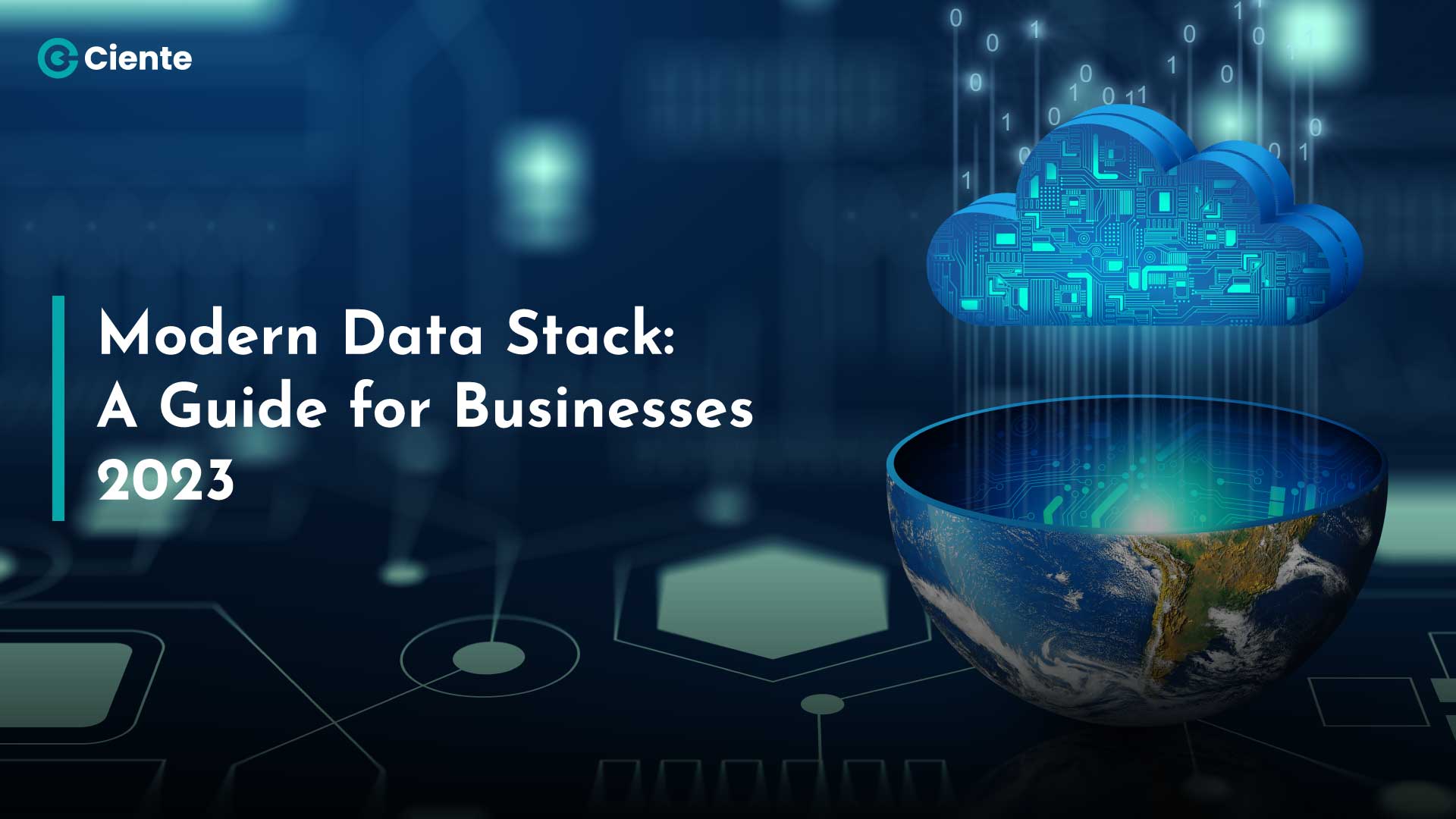
Top 12 Cloud Computing Trends of 2024
The realm of cloud computing is dynamic, characterized by a

The realm of cloud computing is dynamic, characterized by a

As digital technologies are evolving, more companies prefer cloud platforms

Cloud infrastructure consists of all the hardware and software needed

Cloud-native apps enable fast adaptation and scalability, unlike traditional software

The manufacturing industry, traditionally known for running on outdated formats,

As technology advances, so does the data stack. Before you